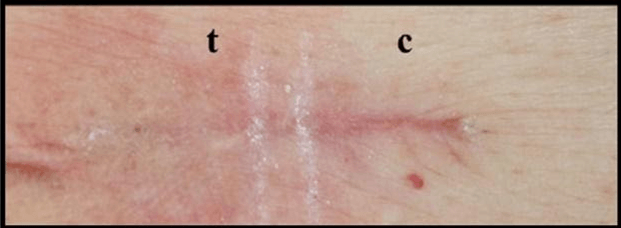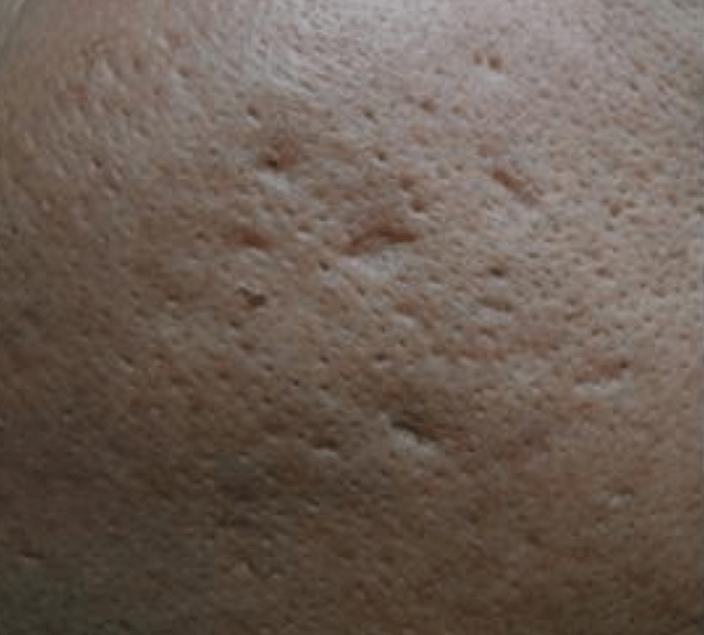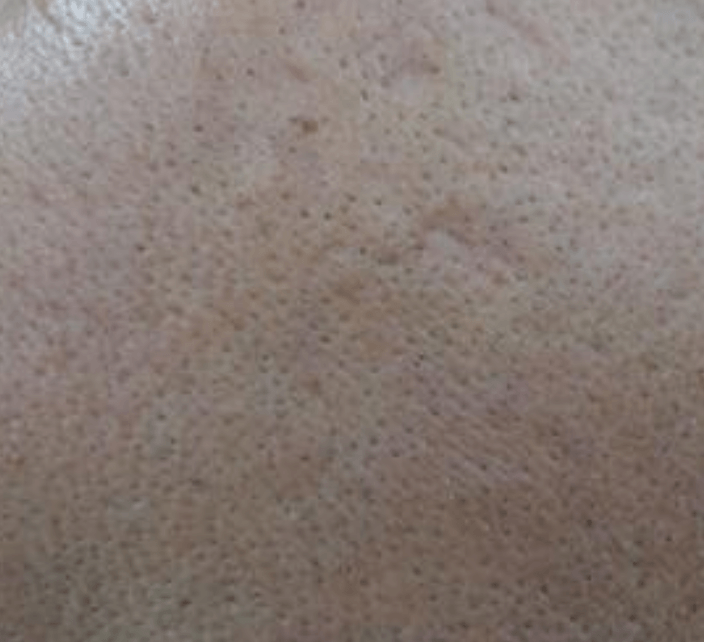
Acne scars: Punch excision and minor surgery for deep acne scars

By Ulrik knap, md, laser & acne scar specialist
Treating acne scars is a medical art that requires great skills and the use of the right methods. Not one method fits all acne scar types. Hence, I treat acne scars with different methods and choose the best methods for each individual acne scar. Combining different methods – when relevant – is the only way to achieve the highest cure rate. Therefore, patients come from most of the world to visit my office and have their acne scars treated by me personally.
WHAT ACNE SCAR TYPES CAN BE TREATED WITH PUNCH EXCISION AND MINOR SURGERY?
I use punch excision and minor surgery for certain deep acne scars, particularly the very deep ice pick scars and certain boxcar scars, which might be difficult to revise with other methods.
The ice pick scars that respond well to punch excision might be very deep going all the way down to the subcutaneous layer in severe cases.


HOW IS PUNCH EXCISION PERFORMED?
Punch excision is performed in local anesthesia, so the treatment is completely painless. As soon as the area is numbed, I use a surgical knife to excise the fibrotic scar tissue. Thereafter, the wound is closed by sutures which should be removed after approximately 6 days when the wound has closed.
HOW LONG DOES IT TAKE TO PERFORM?
Punch excision is a minor surgical procedure which takes typically takes 10-15 minutes to perform. In patients with several scars that require surgery, the whole session might take 30-60 minutes depending on the number of scars that should be revised. If relevant, other techniques such as subcision and TCA cross can be performed during the same procedure.

Why replacing an acne scar with a surgical scar?
I only remove severe atrophic, deep acne scars by punch excision because these scars are very visible to the eye. Hence the goal is to replace the acne scar with a much less visible surgical scar. Only a few weeks after the surgery, I recommend that fractional laser resurfacing is performed to improve the cosmetic outcome of the surgical scar and to improve the overall skin surface.
Research shows that early intervention with fractional laser treatment gives better outcomes because the fractional laser provides more controlled scarring. This is documented in a randomized split-wound trial where one-half of surgical scars (t) were treated with a fraction laser while the other side was not treated with fractional laser after the surgery.

As shown in the photo, the side of the surgical scar, which was treated (t) with a laser post-operatively, significantly improved and had a much better cosmetic outcome compared to the untreated control side (c) of the scar [1].
Thus, the combination of punch excision and fractional laser resurfacing post-operatively gives the best outcome for those type of acne scars which are deep.

Does punch excision give permanent results?
Yes, punch excision always gives permanent results. Hence, when an acne scar has been revised with a punch excision, the outcome is long-lasting.

Dr. knap about treating acne scars
Treating acne scars is a medical art that requires different methods for different acne scar types. Thus, there is no single method that is perfect for the treatment of all types of acne scars, not even a fractional laser, though this treatment often is branded as the gold standard.
The best approach however and the key to my success as a board-certified laser and acne scar specialist is to start every consultation with a physical examination of the skin and to identify the different acne scar types. By identifying the acne scar type of each individual acne scar, I’m able to match the best treatment for each individual acne scar.
After I have done my analysis and mapping of the acne scars, I treat the deepest and most obvious acne scars first with certain methods. These are the acne scars that most of my patients are most anxious about.
Particularly the very deep ice pick scars and broad boxcar scars are suitable for methods such as punch excision, minor surgical techniques or TCA cross depending on the characteristics of the scars. These are techniques that give excellent cosmetic outcomes.
When I’ve treated the deepest acne scars, I move on to the more superficial acne scars with other techniques.
Hence, my approach is a stepwise process that can be done in a single session in mild cases or over several sessions in more severe cases of acne scarring to achieve the result I want for my patients. This treatment approach gives my patients quite superior results and is one of the reasons why patients come from most of the world to receive treatment at my clinic.

Can punch excision be performed in all skin types?
Yes, punch excision can be performed in all skin types, including Caucasian skin, Asian skin, and even darker skin types.
How much does my acne scars improve after punch excision?
Punch excision gives excellent improvement. In most cases, I achieve a 75-90% improvement in only a single session. Thereafter, fractional laser treatment can be performed to improve the superficial acne scars together with the surgical scar afterward.

Is it possible to combine punch excision with other treatments?
Yes, definitely. Punch excision is only one of the methods I use. This procedure is excellent to remove deep atrophic acne scars. After a few weeks, fractional laser resurfacing can be performed to provide a better cosmetic result after punch excision.

If relevant and the patient has many different acne scar types, punch excision can be performed as a same-day procedure in combination with TCA cross as well as subcision and fractional laser depending on the acne scar types.

Most patients have many different acne scar types, including ice pick scars, boxcar scars, linear scars, rolling scars, tethered scars, and anchored scars. To achieve the highest possible cure rate, each individual acne scar should be analyzed and the acne scar type should be identified. Hence, by identifying the acne scar type, matching the acne scar type with the right method gives the best outcome.
What are the results
To give an example, please see the before and after picture below.
This patient had very severe atrophic acne scars including both broad boxcar scars and ice pick scars. In this case, the patient’s boxcar scars were revised with punch excisions and the ice pick scars were revised with TCA cross. To smoothen out the skin, fractional CO2 laser should be performed as the final step of the treatment.


What are the risks of surgery of acne scar revision?
Since punch excision is a very small surgical procedure, there is also very little risk associated with the procedure, including a small risk of skin infection and bleeding.
To minimize the risk of a skin infection, you should use an antibacterial ointment until the stitches have been removed at day 6, and generally keep the skin clean according to my instruction.
Small bleeding during the procedure is not a side effect but is always expected since it is a minor surgical procedure. However, the risk can be minimized by ceasing any dietary supplements at least 10 days prior to the surgery.


In ethnic skin types, a temporary darkening (PIH) of the surgical scar might happen. This will disappear within a few months.
Please remember, that you are always allowed to use a recovery makeup (e.g. Lycogel) or similar products to cover any PIH as long as the darkening persists.
To minimize the risk of PIH, you should use a fading cream starting at day 7 after the treatment, a high factor (SPF 50) sun blocker two times a day starting at day 7 before the treatment and again at day 7 after the treatment for 3 months, and avoid sun exposure in the months after the treatment.
How do I know that punch excision is the best treatment for my acne scars?
Before any acne scar revision, I always do a thorough physical examination of the skin of my patient to identify the different acne scar types. This is the first step. Thereafter comes mapping, planning and to match the right method for each individual acne scar. This all requires years of practice which I possess as a skilled board-certified laser and acne scar specialist.
Most patients have many different acne scar types, including large pores, ice pick scars, boxcar scars, rolling scars, tethered scars, and anchored scars. One acne scar type might respond well to one kind of treatment, but not to another.
The acne scar types that typically respond very well to minor surgery with punch excision are the very deep ice pick scars and broad boxcar scars, which would typically require several sessions of TCA cross to achieve the same good result. In those cases, the most effective treatment is punch excision followed by fractional laser resurfacing.
Hence, by starting any acne scar consultation by identifying the different acne scar types, I can find the correct treatment for each individual acne scar, and thereby achieve the highest cure rate for my patients.
What is the difference between punch excision and TCA cross?
Punch excision is a small surgical procedure where the acne scar is removed surgically and the surgical wound is closed by stitches. This procedure is excellent for broad boxcar scars and very deep ice pick scars to achieve an immediate result.
However, the procedure should be reserved for the most severe acne scars since the acne scar is replaced with a surgical scar which is much less visible.
TCA cross is one of the other methods I use to revise acne scars. TCA cross stands for TriChloroacetic Acid Chemical reconstitution of Skin Scars and is a treatment that is suitable for large pores, linear scars, ice pick scars, and certain boxcar scars.
The procedure is performed by applying a strong acid (TCA) in the bottom of the acne scar. Typically, I use a TCA 50-100% depending on the type of acne scar and the skin type. In ethnic skin types, the TCA concentration I use is weaker to reduce the risk of PIH (post-inflammatory hyperpigmentation).
What’s the downtime after punch excision?
The downtime is the time that goes by from the punch excision is performed to the skin looks normal again.
The stitches are removed about day 6, and any bruising will disappear within a few days after the treatment.
Thereafter, the surgical scar can still be seen, but this kind of scar will be much less visible than the acne scar which was removed. The surgical scar is further improved by fractional laser treatment which I recommend is performed after a few weeks.

What kind of precautions should I take after surgical acne scar revision?
Clean the face with water and a mild soap once a day. You should use an antibacterial ointment 3-5 times daily until the stitches are removed.
Please contact your doctor if any pain, redness, and swelling increase in intensity. In that case, a wound infection should be expected, and oral antibiotics might be necessary. The risk is very low when you use the antibacterial ointment as prescribed.
To improve the skin healing process and lower the risk of PIH, I always recommend my patients to:
- Use a fading cream starting on day 7 after the treatment.
- Use a high factor (SPF 50) sun blocker two times a day starting at day 7 before the treatment and again at day 7 after the treatment for 3 months
- Sun avoidance in the months after the treatment.
Remember that you’re always allowed to use a recovery makeup (e.g. Lycogel) or similar products to cover any PIH as long as the darkening persists.

What’re the benefits of punch excision?
Performing this kind of surgery on acne scars provide immediate improvement. Hence the cure rate is very high and you’ll see immediate results.

Is it painful to have a surgical revision of acne scars?
The procedure is always performed in local anesthesia so that the area is numb before the surgery is performed. This means that punch excision is completely painless.

How many treatments are required?
Only one treatment is required to achieve immediate improvement. After a few weeks, further improvement of the skin and the surgical scar can be done by fractional laser resurfacing, since this gives a more controlled remodeling of the scar tissue.
How does the skin look like after punch excision?
One of the best things about punch excision of acne scars is that you’ll see immediate results. Hence, immediately after the surgical procedure, the acne scar is gone.
Bruising can be seen, and some few stitches will remain in the skin after the procedure. The sutures should be removed after about 6 days.
In the first few days, you’ll notice that the surgical scar might be a bit red and some will experience a mild itching in the surgical scar tissue for a few weeks as the healing progresses.
Dr. Ulrik Knap about surgical acne scar revision and punch excision
I use many different methods to treat acne scars and often combine different methods to achieve the highest cure rate for my patients, including TCA cross, subcision, dermal filler, punch excision, and fractional lasers. Hence, punch excision is just one of my methods.
Minor surgery is an excellent method to achieve good cosmetic outcomes within a short timespan. When the deepest acne scars have been raised to a certain depth by the use of punch excision, TCA cross, and subcision, it’s time to improve the overall skin texture and to treat the more superficial acne scars.
This can be done by fractional lasers either in the same session or after a few weeks. However, please remember, even though punch excision might sound like a simple procedure, it requires great surgical skills and years of practice to manage and plan the treatment correctly.
The first step in all acne scar treatment is always to analyze the types of acne scars and find the correct method for each individual acne scar. This approach gives the highest cure rate and is the main reason why patients come from all over the world to visit my clinic.
Best Regards

Ulrik Knap, MD., Laser & Acne scar specialist


